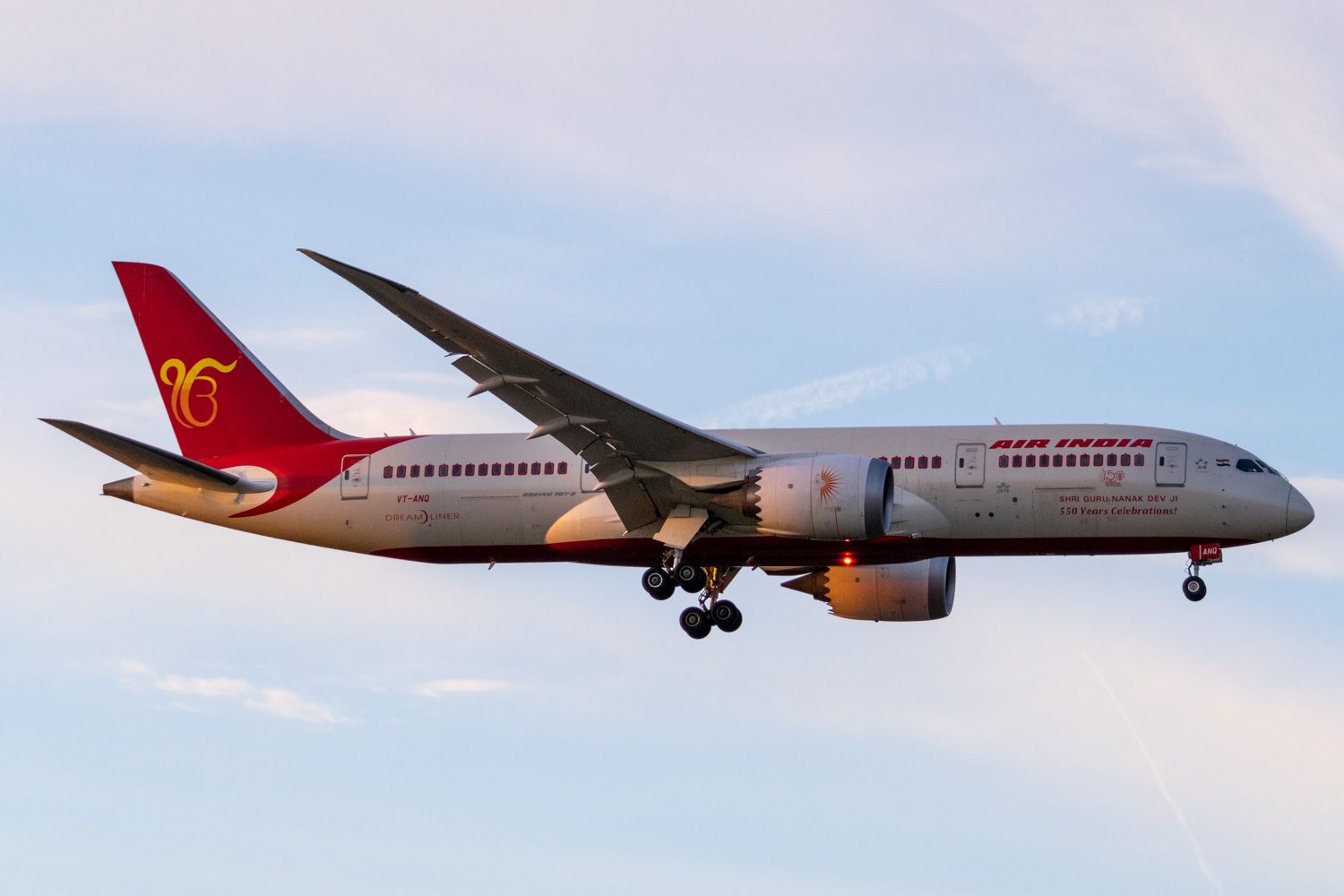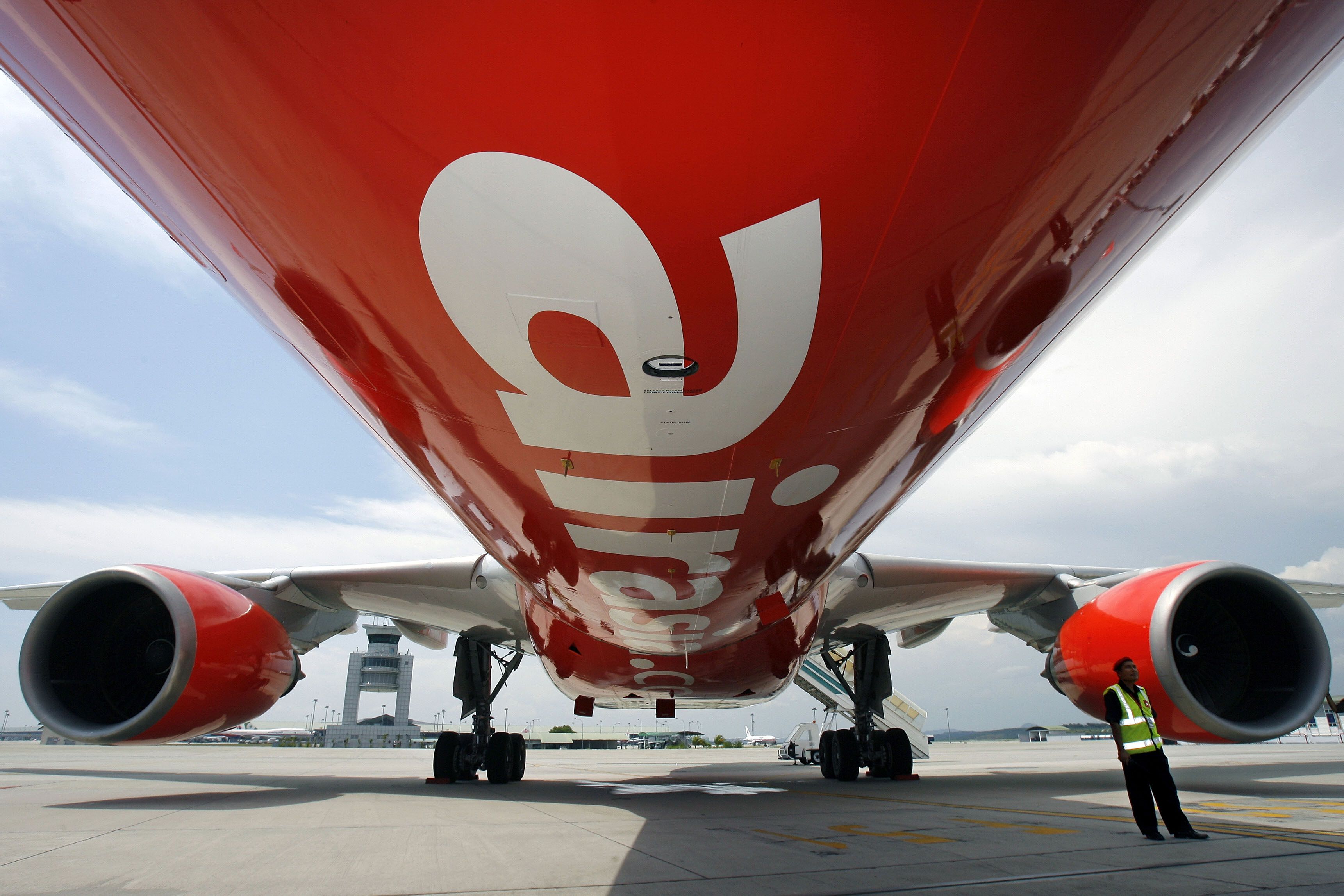Tata Group Signs Sustainable Aviation MOU
The airline companies of the Tata group, consisting of Air India, AirAsia India, and Vistara, have signed a Memorandum of Understanding (MoU) with the Council of Scientific and Industrial Research – Indian Institute of Petroleum. The signing will see the parties collaborate and work on the research, development, and deployment of Sustainable Aviation Fuels (SAF).
Tata’s focus on sustainability
The signing of the MoU comes after the Indian Ministry of Civil Aviation and the Ministry of Petroleum and Natural Gas were working on incorporating a SAF roadmap to progress the sustainable concept among Indian airlines. It also came after Civil Aviation Minister Jyotiraditya Scindia stressed the need for carbon neutrality.
SIMPLE FLYING VIDEO OF THE DAY
India’s current requirement for Aviation Turbine Fuel (ATF) is approximately 25 million tons daily. Still, the existing supply line and stock of imported crude and refined products with oil companies and refineries are becoming very limited. With the apparent consideration for economic and environmental views, the Indian aviation industry slowly realized the need to lead in the realm of SAF for future growth and sustainability of its operations.
This is why the primary focus of this partnership would be the exploration of Single Reactor HEFA Technology for Drop-in liquid Sustainable Aviation and Automotive Fuel (DILSAAF), as the ‘drop-in’ fuel can be added to aircraft tanks with no modifications required . The MoU also highlights the parties’ intent to work together in various other areas related to progressive sustainability within the Indian aviation industry.
.jpg)
The collaboration on Sustainable Aviation Fuels is being coordinated by the Tata Sustainability Group, working closely with the Tata Airline Companies and the Council of Scientific and Industrial Research – Indian Institute of Petroleum. Photo: Airbus
Digging up India’s green potential
Unfortunately, the sustainable efforts from Tata’s airlines won’t be enough to impact India’s aviation industry significantly. While it has already been noted that India has all the ingredients to become a massive producer of SAF, the country’s path to realizing its full potential as a leader in aviation sustainability requires many more initiatives.
airbus
Fortunately for the country, significant aerospace companies such as Airbus recognize the need to push India slightly in the right direction. The Toulouse-based aircraft manufacturer has said that under its zero-emission program, ZEROe, the first zero-emission aircraft, would be ready by 2035, and India would play a major role in the design, research, and development stages.
Siddarth Balachandran, Head of Innovation & Scale at Airbus India and South Asia, said:
“The work towards building the world’s first zero-emission commercial aircraft has already begun, and Airbus India is involved in the design and future development of the ZEROe aircraft.”
Pratt & Whitney
Another aerospace company helping India realize its greener potential is Pratt & Whitney, which has been working on a hybrid electric engine for a while now and is seeing a market in India’s regional aviation sector. Although Pratt & Whitney’s initiative of opening demand for hybrid electric aircraft within India differs from Airbus’s initiative of involving the country in aircraft development, the primary focus on sustainability is still the same.
Paul Finklestein, Director-Marketing at Pratt & Whitney, emphasized:
“We will do flight testing in two years, and this could be a flight tested on a De Havilland-8 airplane which is a common airplane here. So, ultimately in the future, can I foresee hybrid electric regional jets flying in India? Absolutely !”
bottom line
Even though it was comparably slower than the rest of the world in adopting more sustainable initiatives, the MoU signing and engagements from aerospace companies significantly indicate more extensive and progressive steps for India and its aviation industry.
And India continues to step in the greener direction as the government has hinted at the country having over 90 carbon-neutral airports by 2024, less than two years to go for such a big transformation. Hopefully, India’s progress towards being a sustainable aviation leader will catch up and eventually be on par with its race to become one of the biggest aviation industries worldwide.
Source: Hindustan Times






Comments are closed.